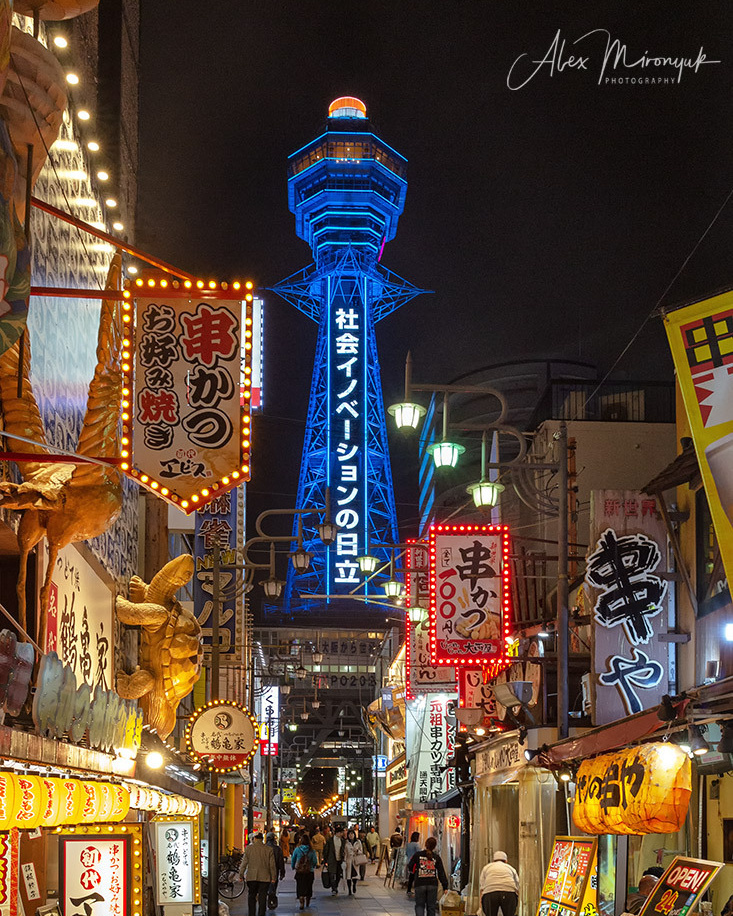Momiji-gari Season In Japan
November 22 — December 1, 2023
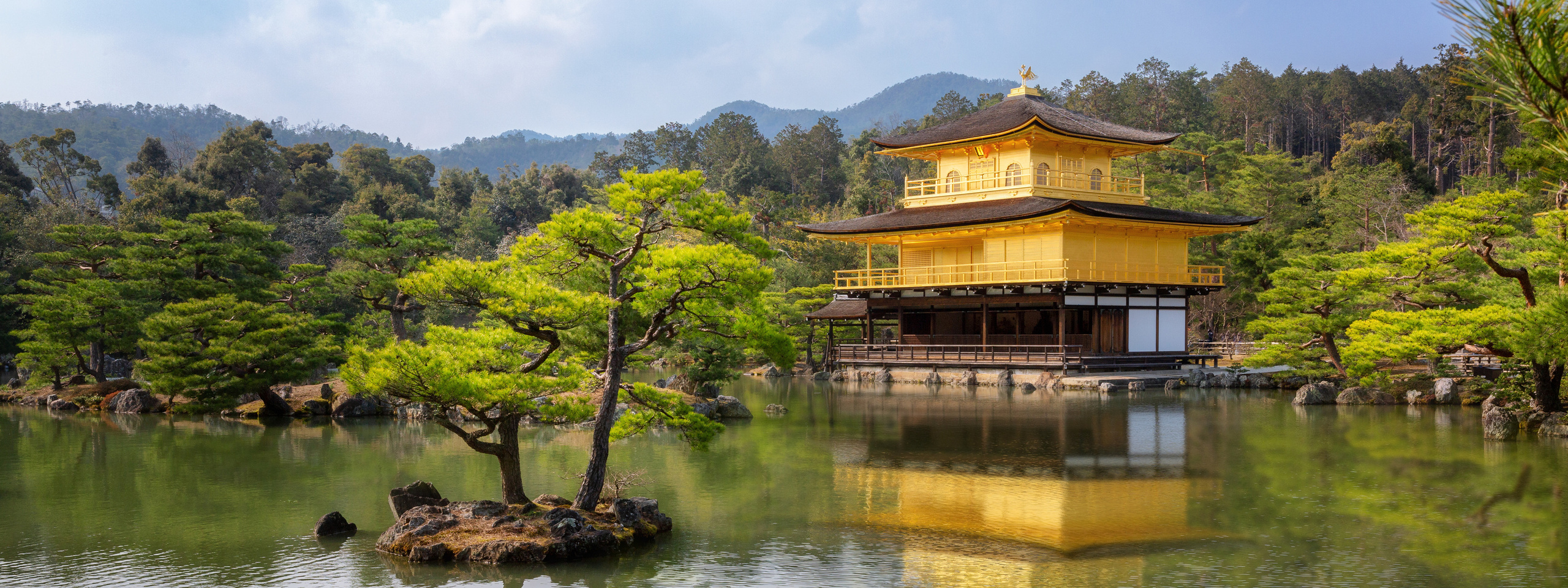
Start Location — Tokyo.
End Location — Osaka
Dates: November 22 — December 1, 2023
Tuition: $ 3350 per participant (limit: 10 participants + 2 guides).
Instructor: Alex Mironyuk, Elena Kukhareva
Deposit: $ 550 (payments accepted for the remainder of the balance)
Tour Highlights
Japan is famous for its beautiful autumn foliage, known as the “momiji season.” During this season, the leaves of the trees change color, producing a stunning display of red, orange, and yellow hues. Some of Japan’s most famous spots to view autumn leaves include Kyoto, Nara, and Tokyo.
Japanese gardens are stunning during the momiji season, as the autumn colors add a unique charm to the already tranquil atmosphere.
Many people think it is impossible to see momiji colors and blooming sakura simultaneously, as they occur during different seasons. But we found the place where that is possible, and we will be glad to show you these two most famous Japanese seasons in one day!
We will try to maximize all photo opportunities during our trip, so be ready to leave our hotels before sunrise to hop on the first bus or train to get to some locations as early as possible.
We will use public transportation to reach all places in our itinerary.
We will visit Tokyo, Nagoya region, Kyoto, Nara, and Osaka during our trip. Most of the time, we will spend in Kyoto (4 nights and 4 days), a beautiful destination to enjoy the momiji season, with many famous temples, shrines, and gardens that offer stunning views of autumn colors.
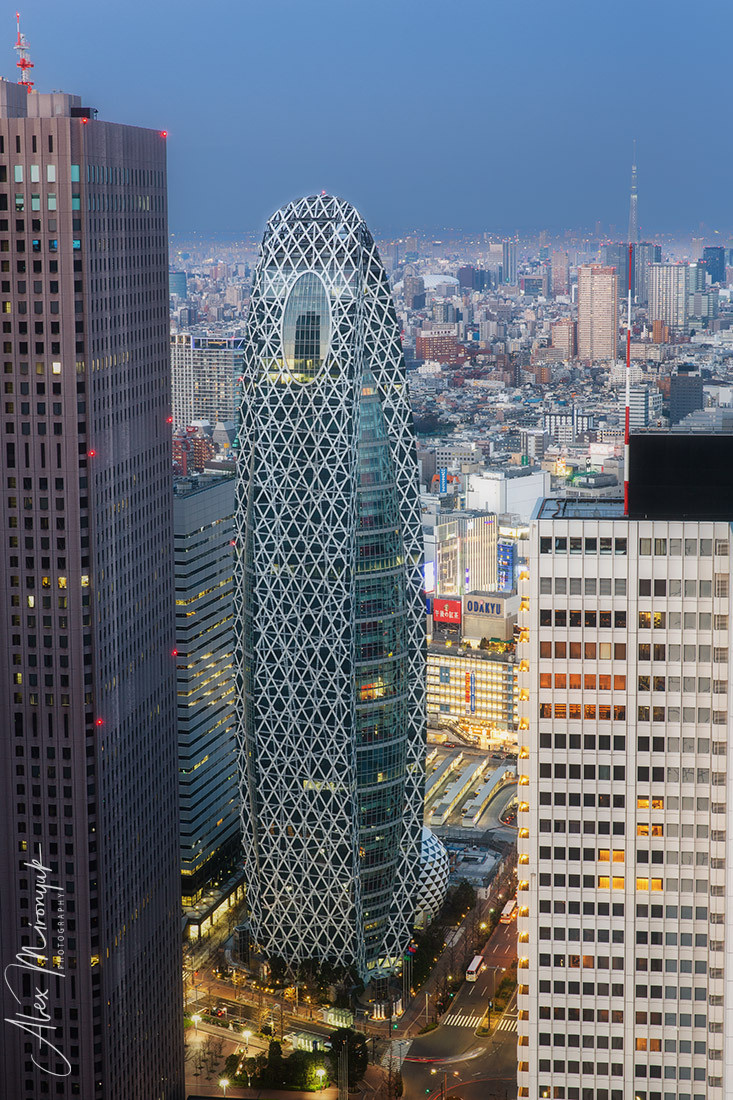
Lodging: hotels are included (double occupancy). For single-occupancy lodging, please send us a request ASAP. All hotels are 2-3 stars with regular amenities (nothing fancy or luxurious) — most of the time, we will be outdoors, and we won’t have extra time to enjoy hotels' pools, spas, etc. Most Japanese hotels' rooms a small and tight, so only one place for your suitcase will be under your bed.
Meal: is not included in the price. In most of our hotels, we can order breakfast and dinner. In addition, we always will be nearby some restaurants or supermarkets, where we can buy breakfast, lunch, or dinner.
Transportation: not included in the price. We will use public transport in Japan, like local trains, buses, and the famous shinkansen bullet trains. On average, be ready to spend $100-150 for trains and buses during this trip. If you plan to return home from Tokyo, we suggest you order a 7-day JR pass ($215 value) before that trip. All participants must have small bills (1000 yens) and coins to pay for the ride on the buses.
Luggage: we will travel with our luggage. Japan is the perfect place to travel on public transportation with a suitcase. At every train station, we can find a luggage locker to leave our luggage while exploring the city securely (we will use this service 2 or 3 times). So for this trip, you must have a suitcase on wheels. We strongly suggest you pack all your stuff into only one suitcase — that makes your travel in Japan hassle-free and enjoyable.
Admission tickets to all temples, gardens, etc., are included in the price.
Physical activity level: easy to moderate. We will walk a lot. Even if it is a city walk, the total walking distance for a single day might be more than 10 miles.
Health Insurance: we strongly suggest that all participants buy individual health insurance before that travel covering emergency assistance and COVID-19 treatment.
COVID-19 restrictions
As of March 2023, every tourist entering Japan must provide proof of full vaccination against COVID-19 (at least 3 vaccine shots) or a negative COVID test less than 72 hours old.
Itinerary
Day 0
We will have a ZOOM meeting no later than October 15, 2023, to cover the most common questions about our travel.
- transportation and how to buy metro-pass, train, and bus tickets;
- how to get from an airport to the hotel on the first day;
- where you can exchange currency (yes, we will need cash);
- traveling with luggage and using lockers at train stations;
- cellphone coverage and data service in Japan;
- which smartphone APPs will be helpful during our trip;
- what to do if you get lost or miss the train.
Day 1. November 22. Wednesday
Everybody arrives in Tokyo. Self-transfer to our hotel — OMO3 Tokyo Akasaka by Hoshino Resorts, Tokyo (4-3-2 Akasaka, Tokyo, 107-0052 Japan).
For all people who will get to our hotel before 4 pm, we will go to our first destination — Tokyo’s district, with fantastic winter illumination. Hopefully, it won’t cancel it like last year due to COVID restrictions.
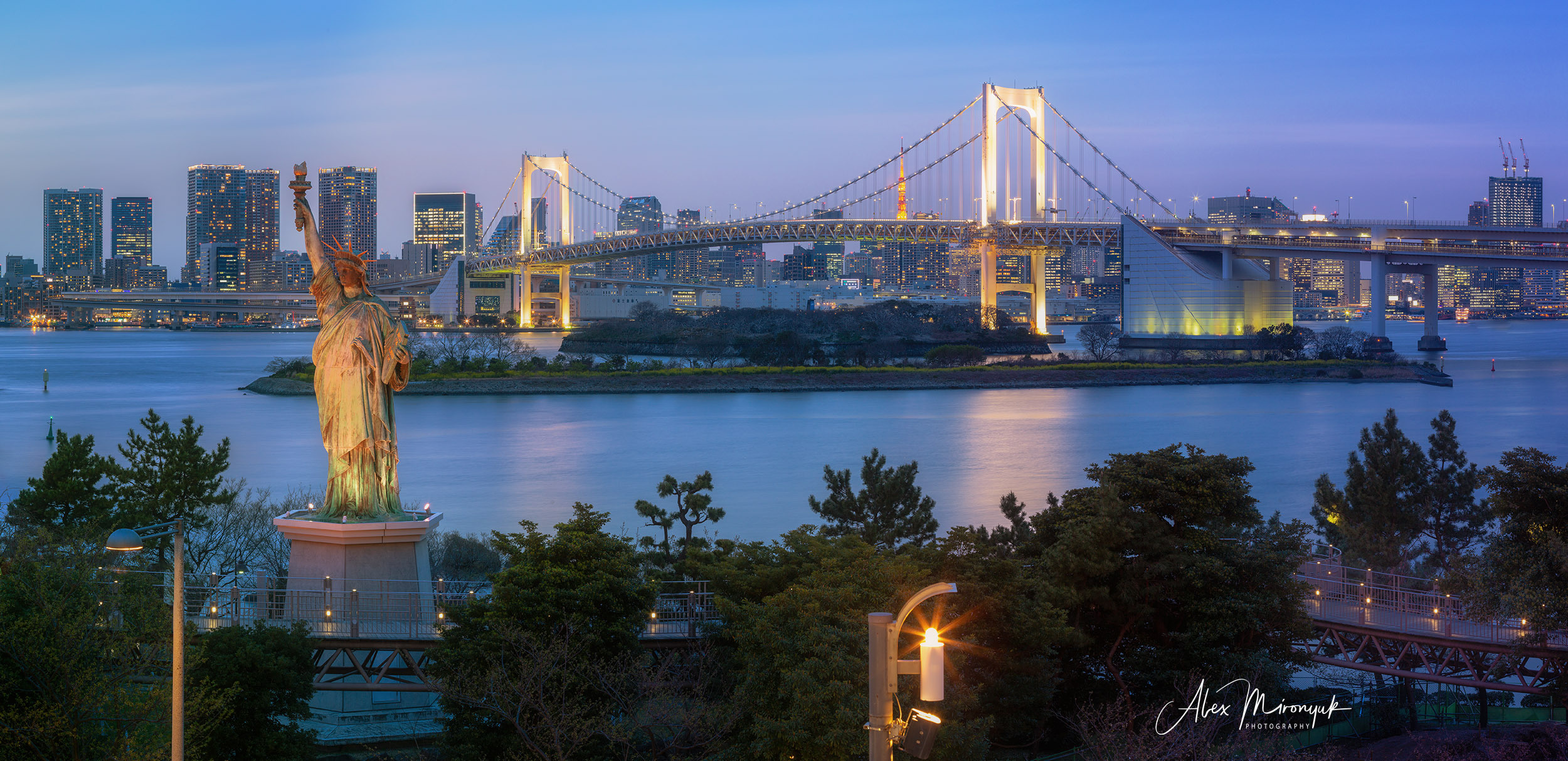
Day 2. November 23. Thursday.
Before sunrise, we will leave our hotel to an amazing Tokyo street with a fantastic alley of ginkgo trees with bright yellow leaves. These trees are the second symbol after maple (Momiji) trees with red leaves in the fall colors season in Japan. Here we can take pictures of these trees without crowds and take pictures of us in these colorful alleys.
After that, we can have breakfast at a local restaurant, and by 8.30 AM, we will stand at the entrance of one of the best Tokyo gardens full of red maples.
On this day, we will visit a total of 2 or 3 gardens, Takeshita Street (a pedestrian shopping street lined with fashion boutiques, cafes, and restaurants), Omotesando (one of the most pleasant (and most expensive) neighborhoods in Tokyo), the world-famous busiest intersection in the world Shibuya Crossing. And by the end of the day, we will get on top of one of Tokyo’s skyscrapers to see this enormous city at sunset and with the first city lights.
Also, we will have a night walk around the city and dinner in a local sushi place.
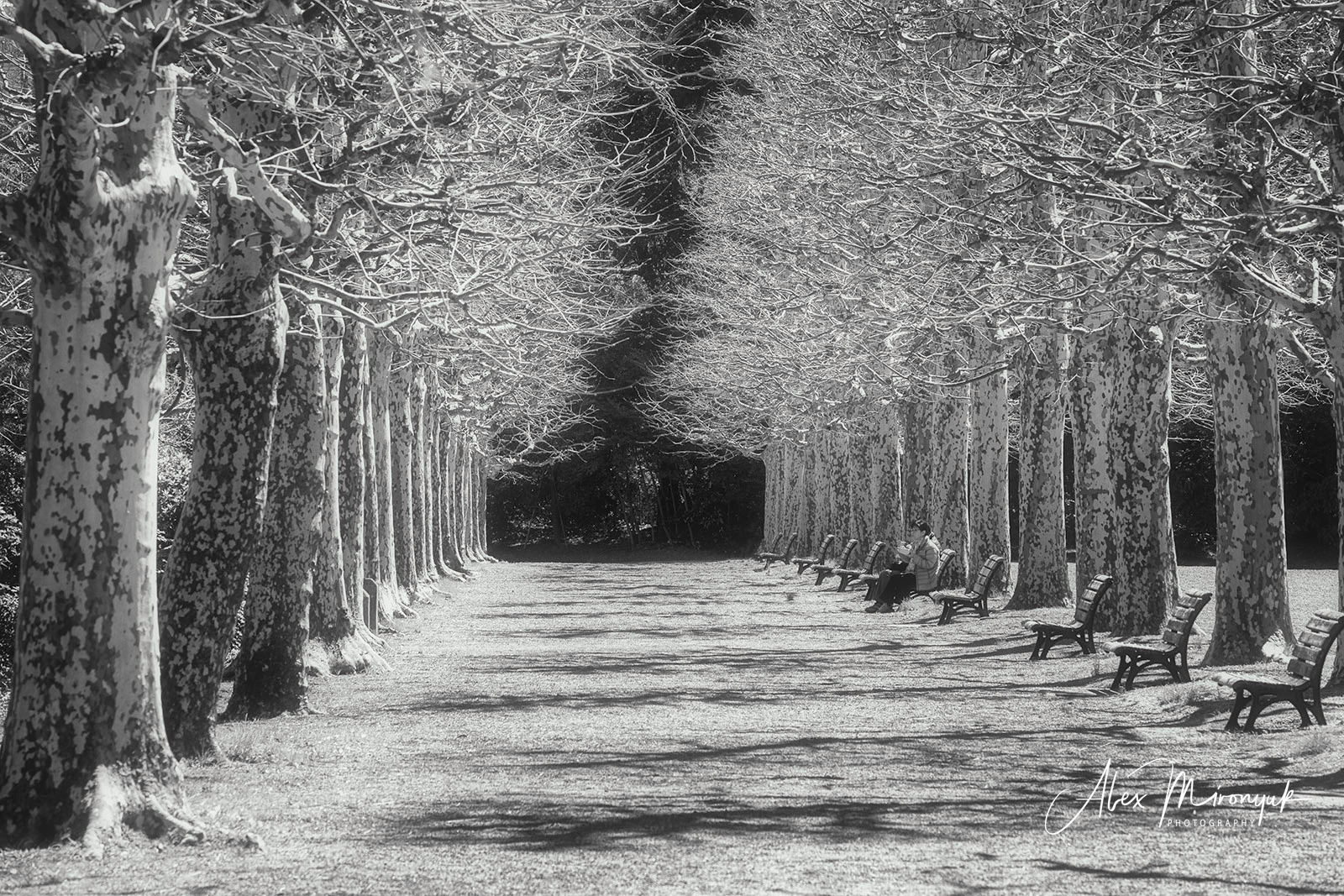
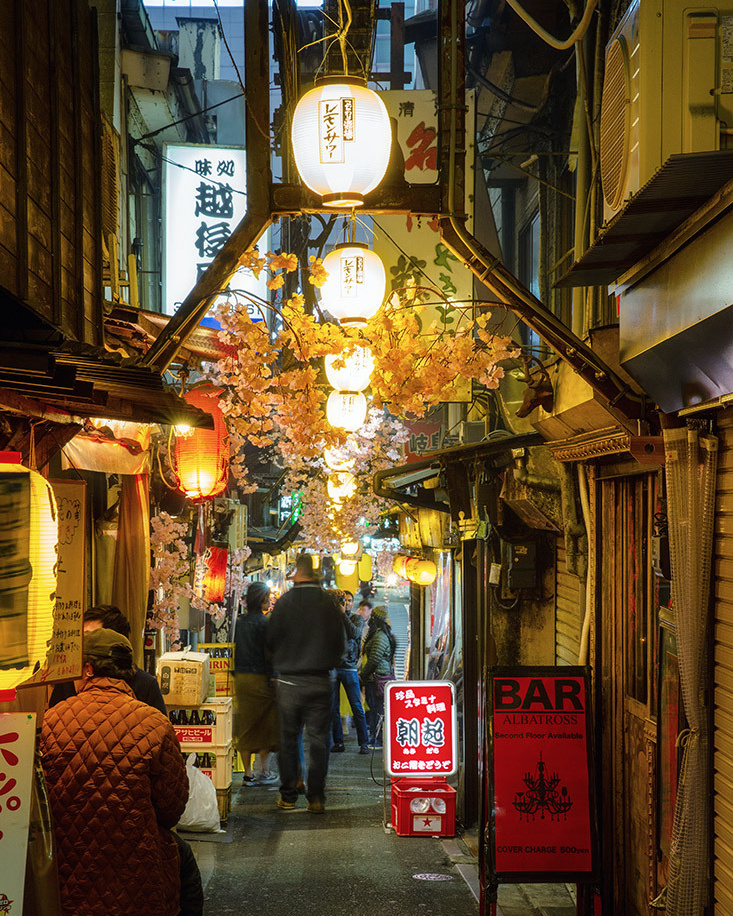
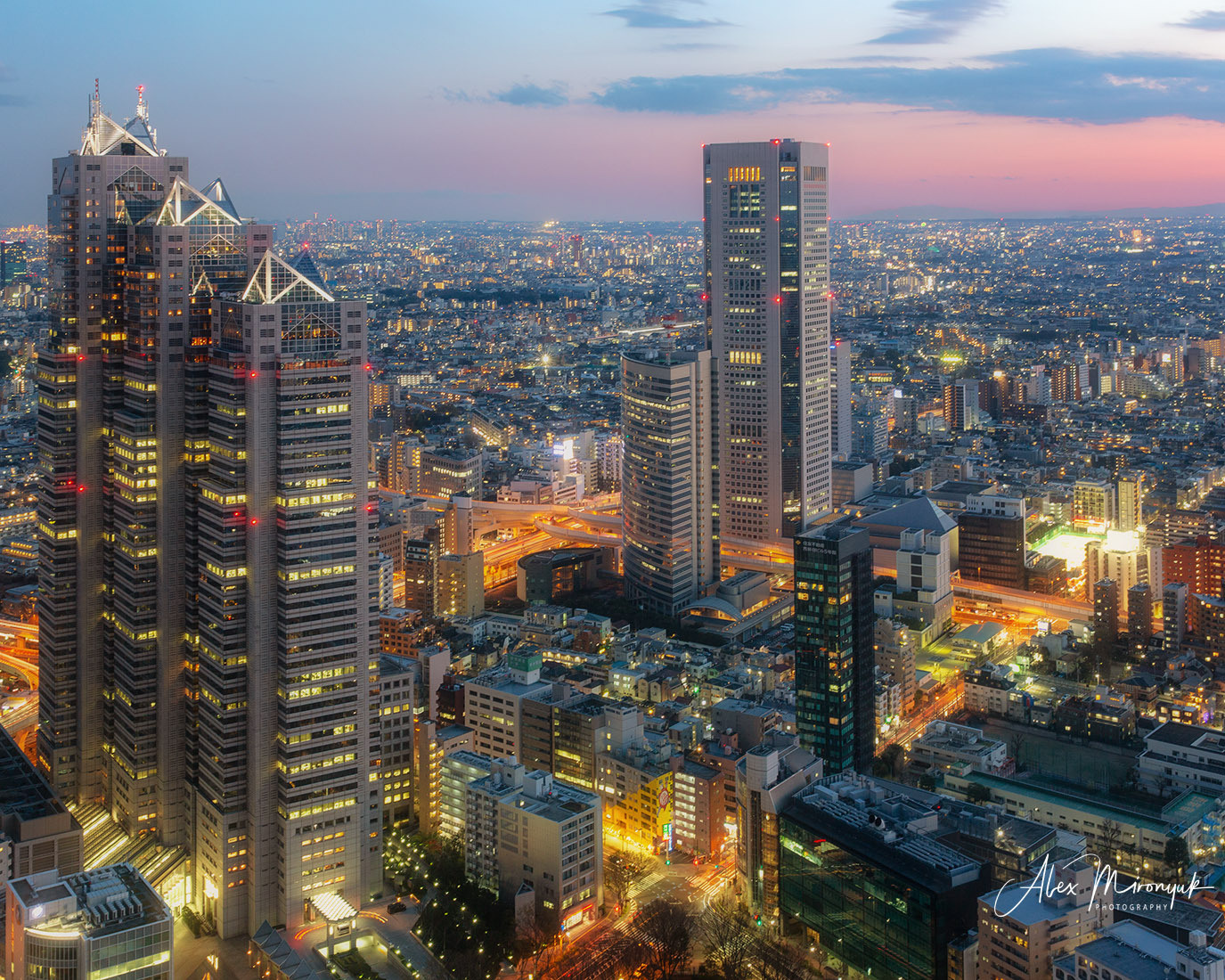
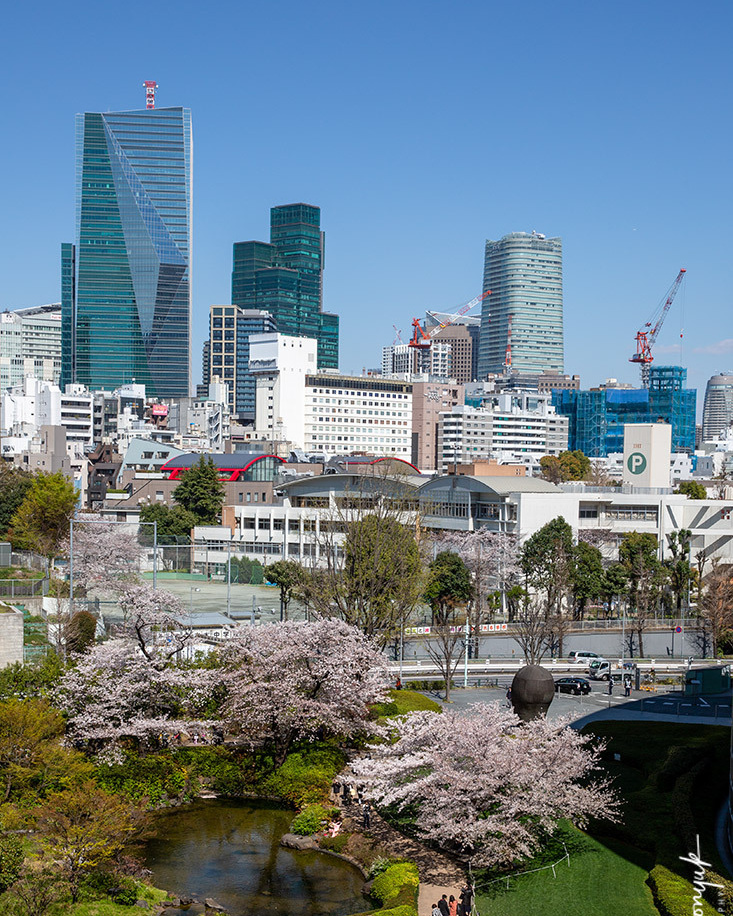
Day 3. November 24. Friday.
We will check out our hotel and ride the bullet train to the surrounding Nagoya in the morning. We will get there somewhat around noon, leave our luggage in the hotel, and on a bus, will go to Korankei valley near Nagoya, one of this region’s best spots for fall colors.
This valley is truly a hiking paradise with a massive network of trails. We will get a chance to hike up to the top of the 700' tall Mount Iimori, on which Kojakuji Temple stands. Or walk along the Tomoe River, full of red and yellow colors on its shores.
After sunset, we will witness nightly illuminations of Korankei’s maple trees and drums show.
At approximately 6 PM, we will take the bus to return to our hotel.
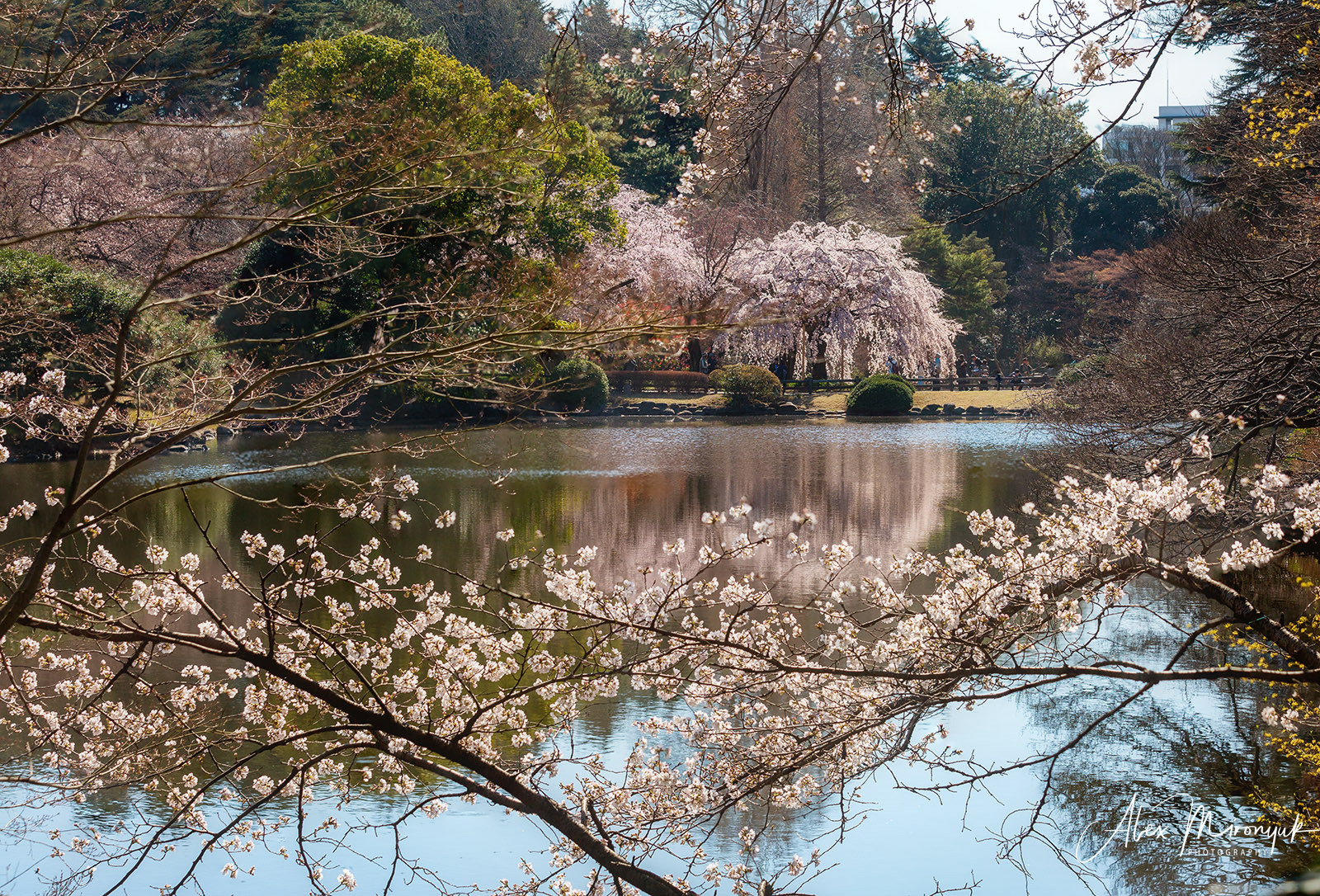
Day 4. November 25. Saturday.
Hanami (cherry blossom season) and Momiji (red maple leaves season) are Japan’s two most famous seasons. Believe you or not, we can have these two seasons together simultaneously in one of the not well-known places. We can spot many sakura species blooming along the river in November and red momiji maple trees.
So we will check out of our hotel, leave our luggage at the hotel locker rooms, and leave early in the morning (about 6 AM) to ride the first bus, bringing us to this fantastic picturesque place. We will spend all day there.
We will return to the hotel for our luggage by 6 PM. After that, we will get on a bullet train, and in about 2 hours, we will be in Kyoto.
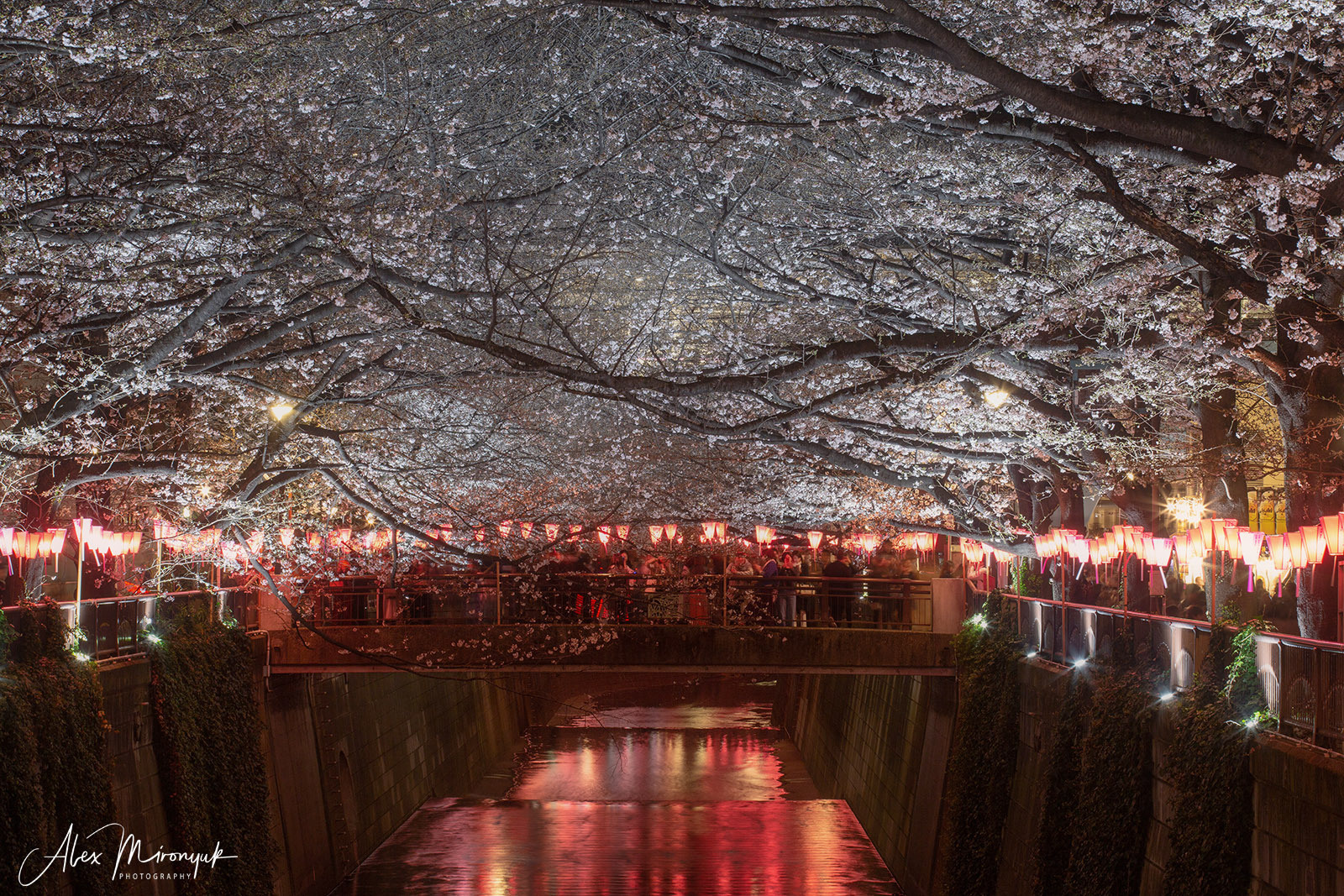
Day 5. November 26. Sunday.
Today, we will explore one of the most famous districts of Kyoto — Arashiyama. We will try to hop on the first train to get there as early as possible to capture the bamboo grove (one of the most famous Instagram spots) without regular tourist crowds.
During the day, we will visit several fantastic temples: Tenryuji Temple, Hogon-in Temple, Jojakko-ji Temple, Gio-ji Temple, Adashino Nenbutsu-ji, Otagi Nenbutsu-Ji, Daikaku-ji Temple. Pretty much every temple has its beautiful garden full of red colors at this time of the year. Late afternoon we will get to another beautiful bamboo grove that is located away from the major touristic routes and doesn’t have so many crowds.
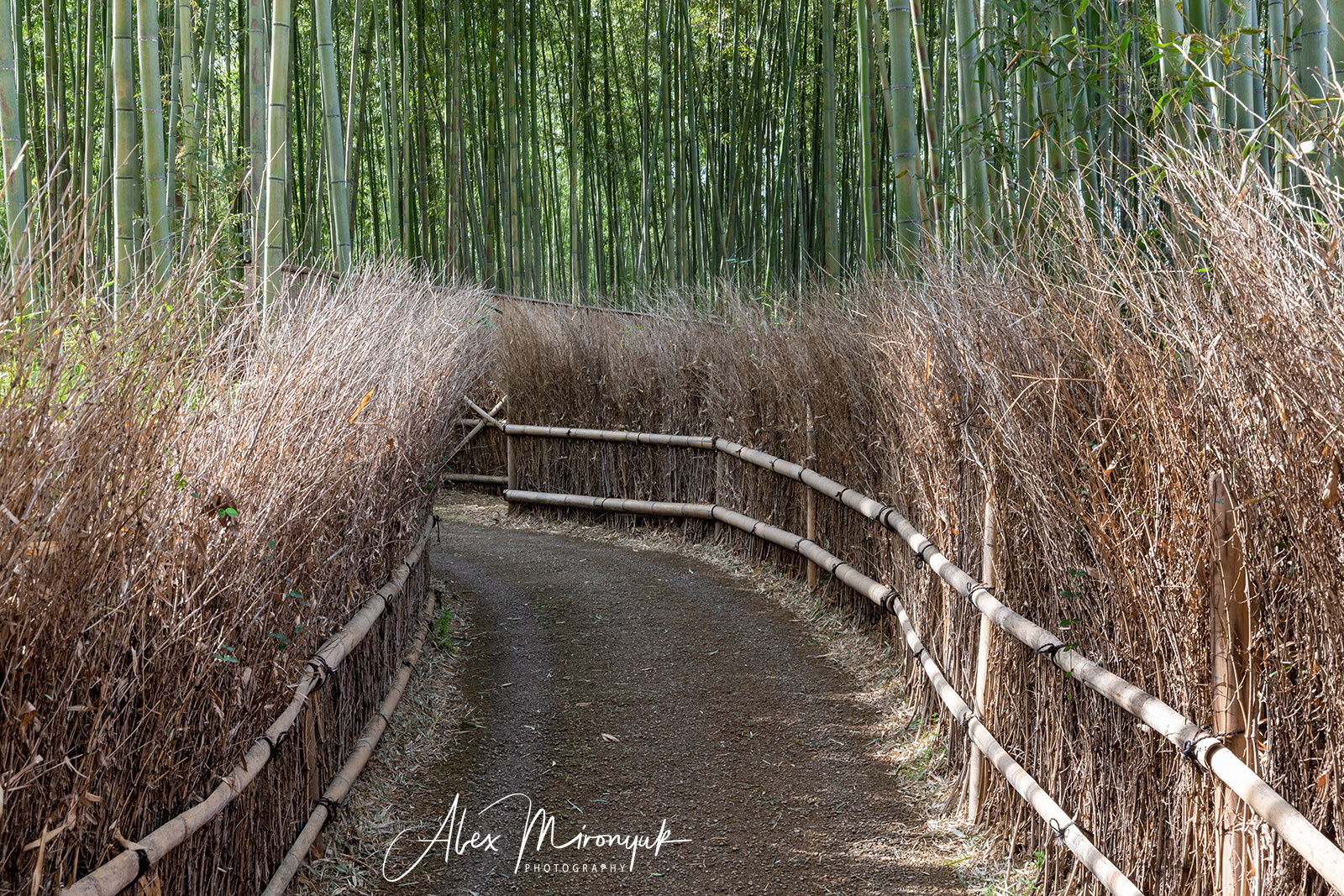

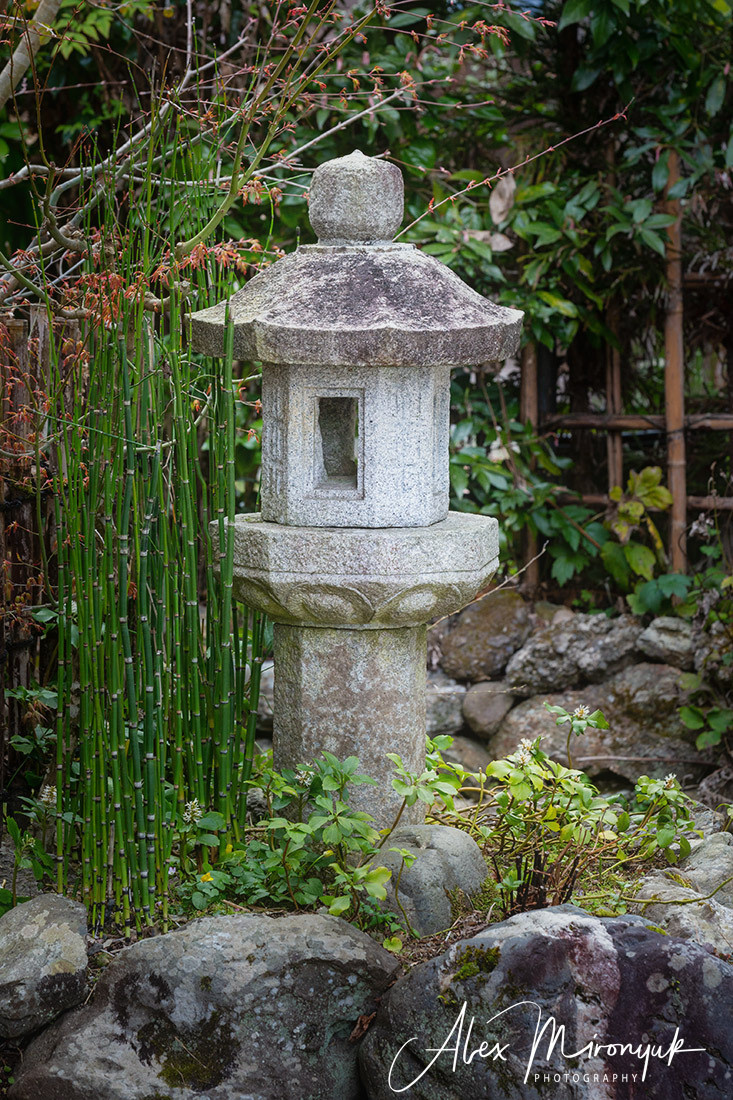
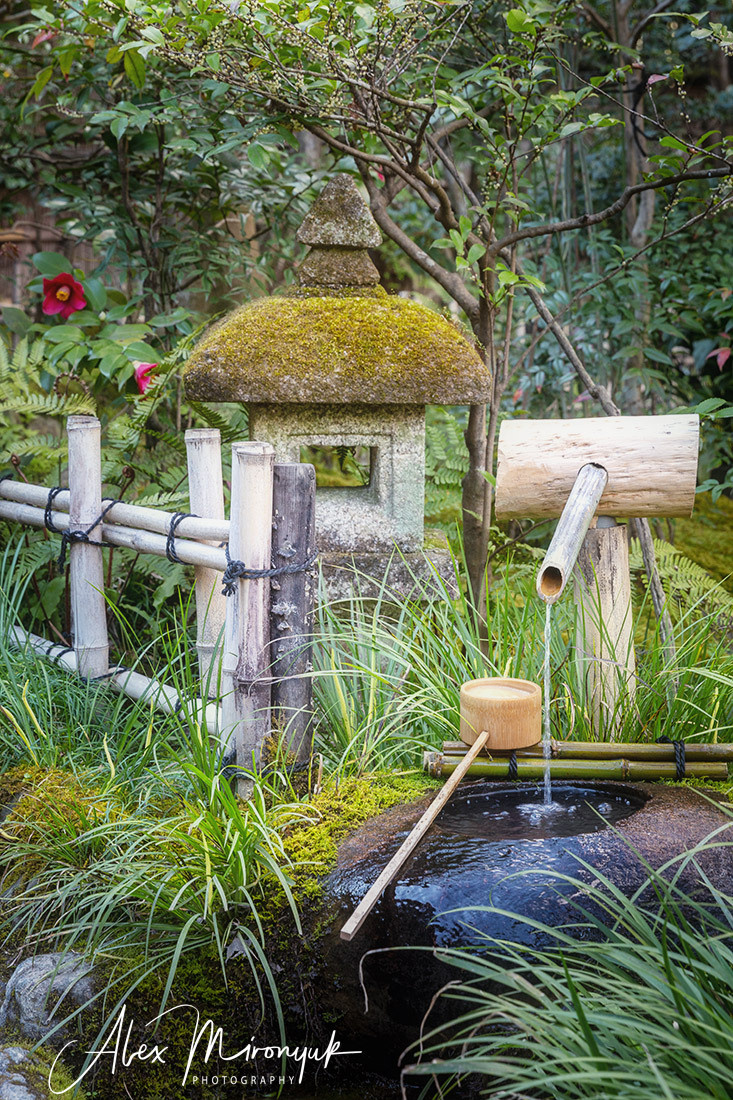
Day 6. November 27. Monday.
Today we will spend the first half of the day in Eastern Kyoto. We will visit several temples with amazing gardens in the peak of the fall colors, such as Nanzen-ji Temple, Nanzenin temple, and Tenjuan Temple. Even traditional stone gardens at this time of the year get a touch of Momiji colors — red leaves cover stones, sands, and walkways.
In the afternoon, we will get to the Northern part of Kyoto to see Manshuin Temple, the less crowded Enkoji Temple with a fantastic moss garden (at this time of the year, all moss should be covered by red leaves). If time permits, we can stop at the seldom-visited tourist Shisen-dō Temple on our way back to the hotel.

Day 7. November 28. Tuesday.
First thing in the morning, we will go perhaps to the most famous and crowded place in Tokyo — the Golden Pavilion (Kinkakuji). It has burned down numerous times throughout its history. The present structure was rebuilt in 1955. Kinkakuji’s top two stories are covered in gold leaf. Its shining surface reflects into the Kyoko-chi or Mirror Pond.
After visiting this most visited place, we will get to the Higashiyama District in the historical center of Kyoto. Here again, we will visit several temples and gardens.
We couldn’t miss the famous Gion district of Kyoto is known for its charming historical atmosphere and strong ties to the world of traditional Japanese art. Gion is, of course, most famous for spotting geisha, or geiko, as they are known in Kyoto. Here we can find several facilities where we can rent a traditional Japanese kimono and walk on the maze of Kyoto’s streets with these traditional outfits.

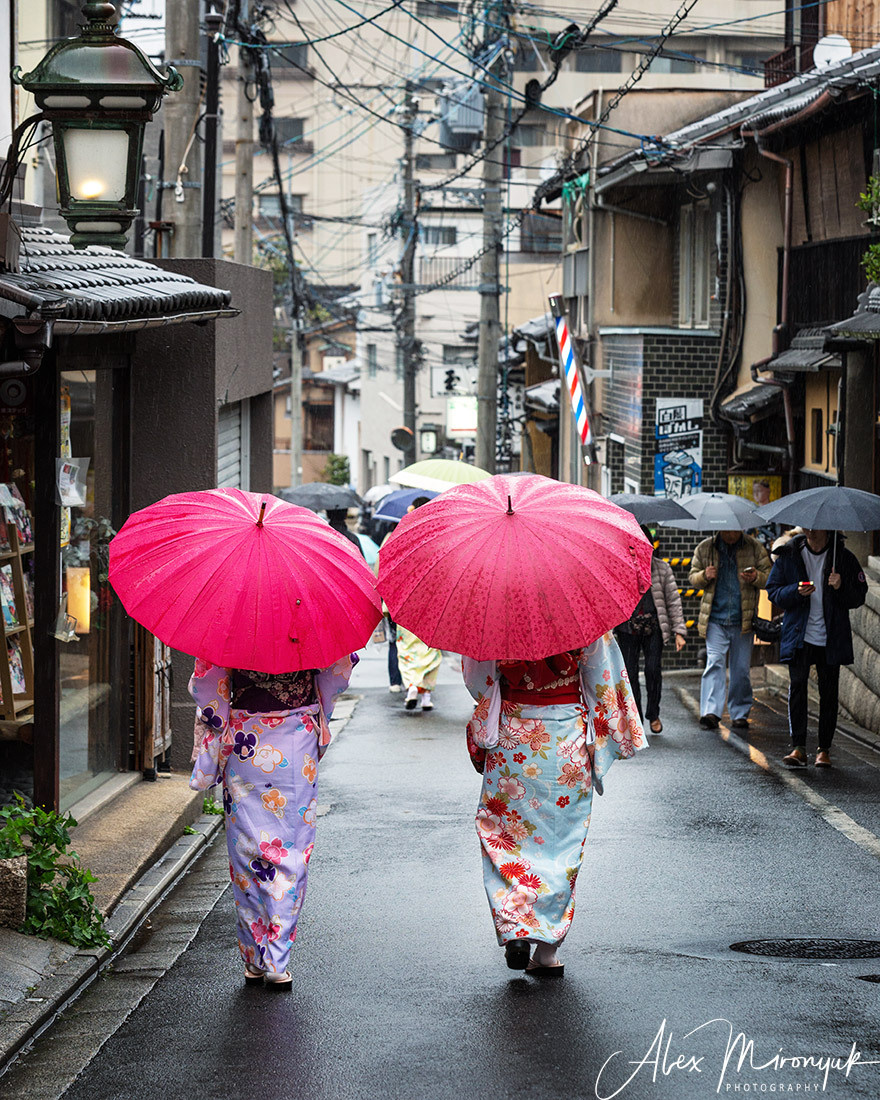
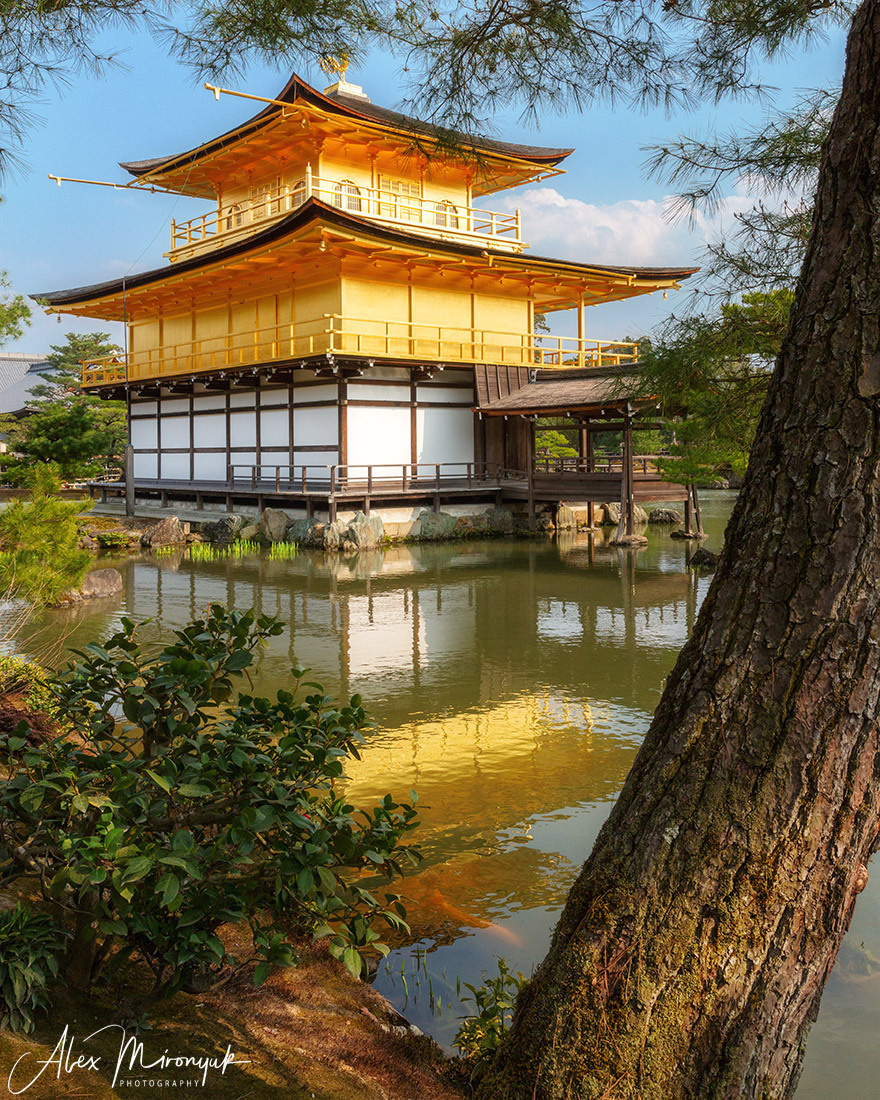
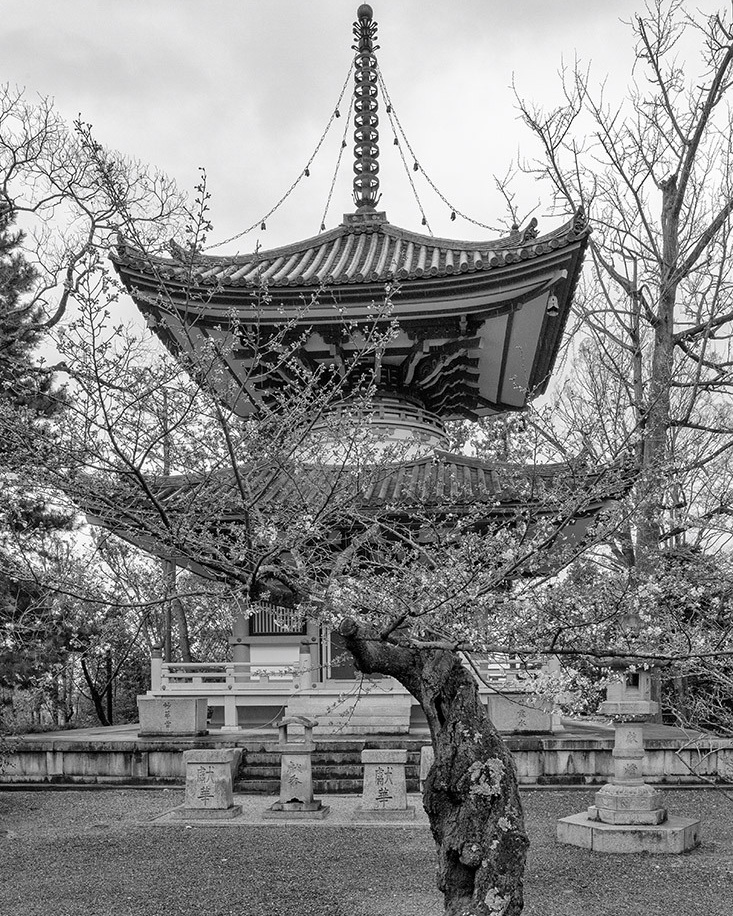
Day 8. November 29. Wednesday.
Early in the morning, we will get to the first train leading us to another famous Kyoto tourist attraction — Fushimi Inari Shrine (Tofuku-ji). We will get to the thousands of red shrines without the usual touristic crowd and will get a chance to take our pictures at a relaxing pace for about 30-40 minutes or so.
This morning we will visit one more super popular in Momiji season place — Tofuku-ji Temple. This is arguably the #1 spot in Kyoto to enjoy red Momiji colors. So be ready to see a couple of thousand other people who want to see this fantastic temple and garden at the right time of the year.
Afternoon we will pick up our luggage from the hotel and get to the train to Nara.
Nara is Japan’s first permanent capital. Due to its historical importance, the city remains full of cultural treasures, including some of Japan’s oldest and largest temples. We will visit some of them this afternoon, including the most famous Todaiji Temple with its gigantic Buddha statue.
And we couldn’t miss Nara Park, where we can spot over 1000 deer. These deers in the park have become one of the symbols of Nara nowadays.
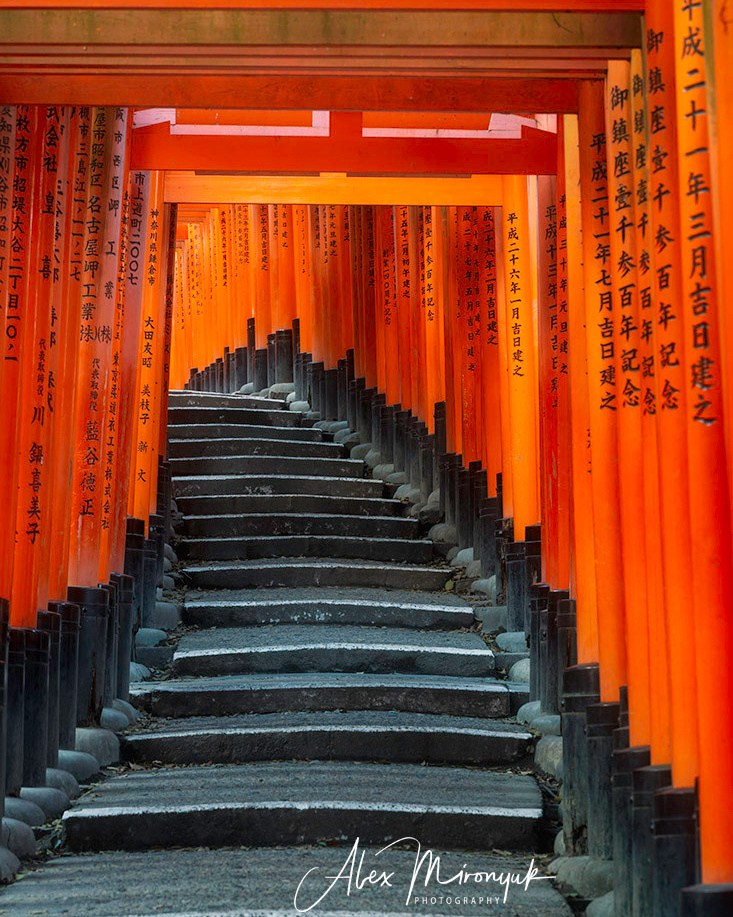
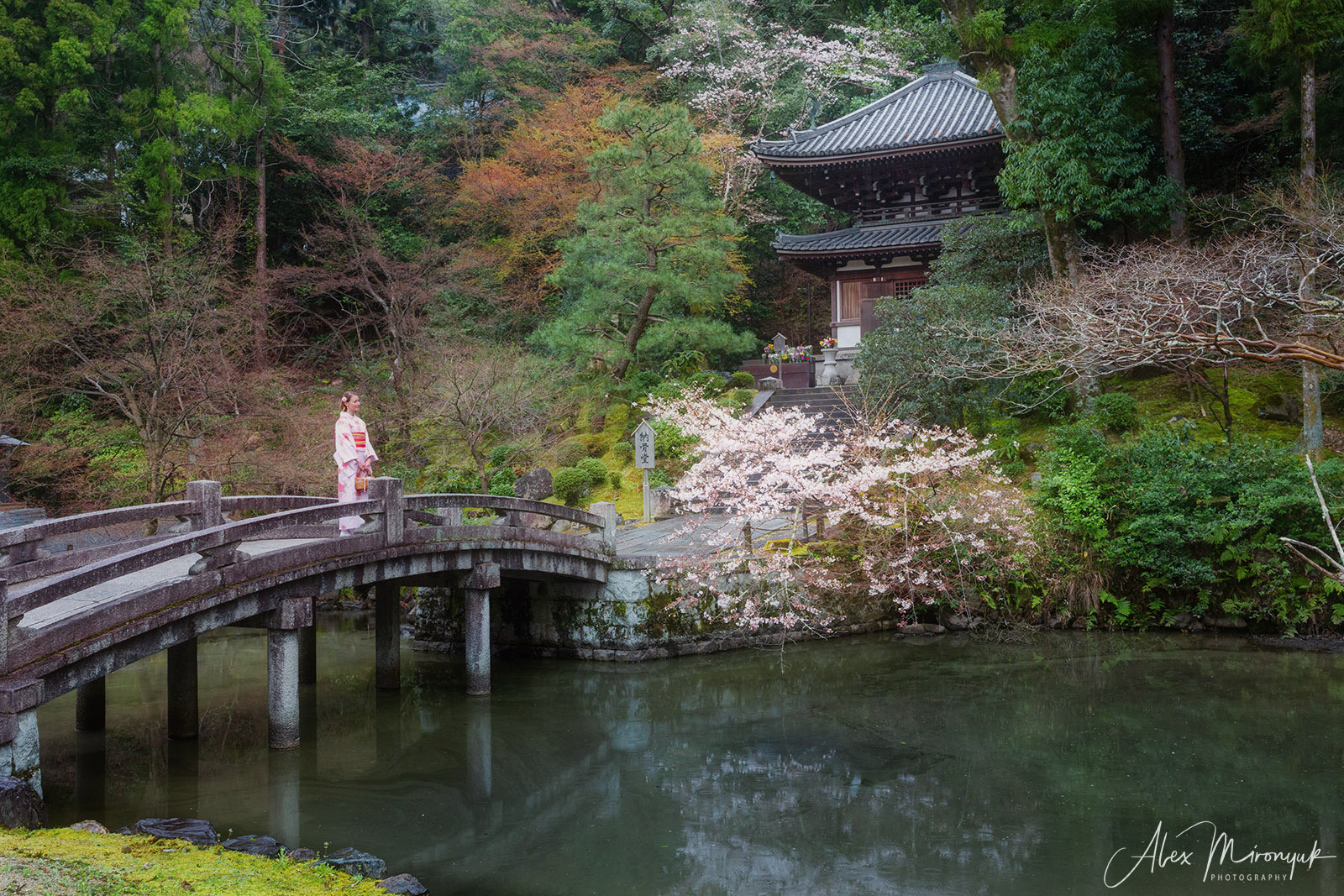

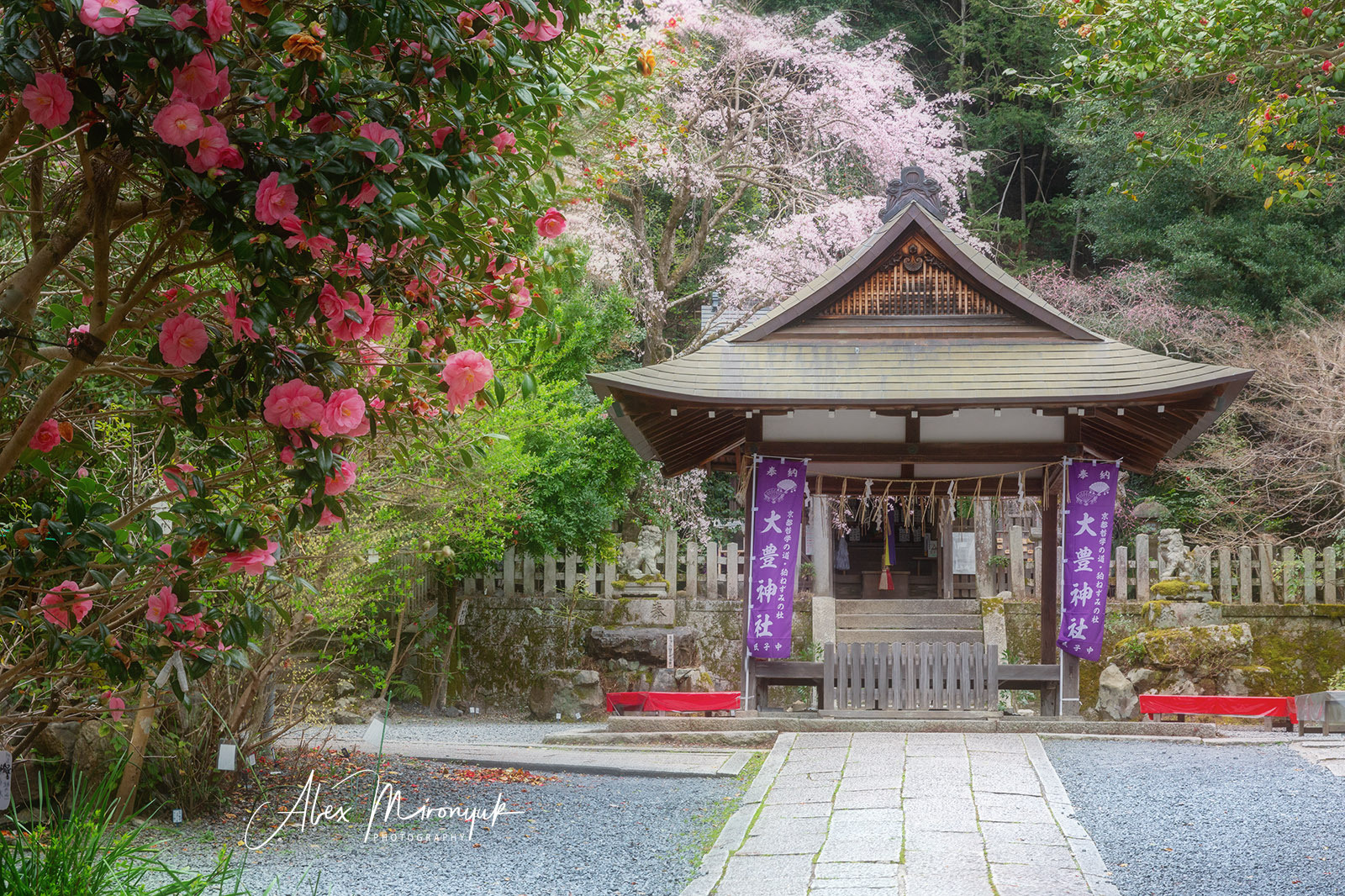
Day 9. November 30. Thursday.
We will walk from our hotel to Kasuga Taisha early in the morning to get there without the regular tourist crowd. Kasuga Taisha is famous for its lanterns. Hundreds of bronze lanterns can hang from the buildings, while many stone lanterns line their approaches.
On our way back to the hotel, we again can spot hundreds of deer and even try to feed them.
After checking out from the hotel, we will get the train to Osaka. After checking in to our hotel, we will go for sunset to Osaka castle, and after that, we will have our last group dinner on this unforgettable trip. After the dinner or trip will be officially over.
We will get to Osaka no earlier than 2 PM, so if you want to fly home that day, plan that you can be at Osaka Airport after 3.30-4 PM.
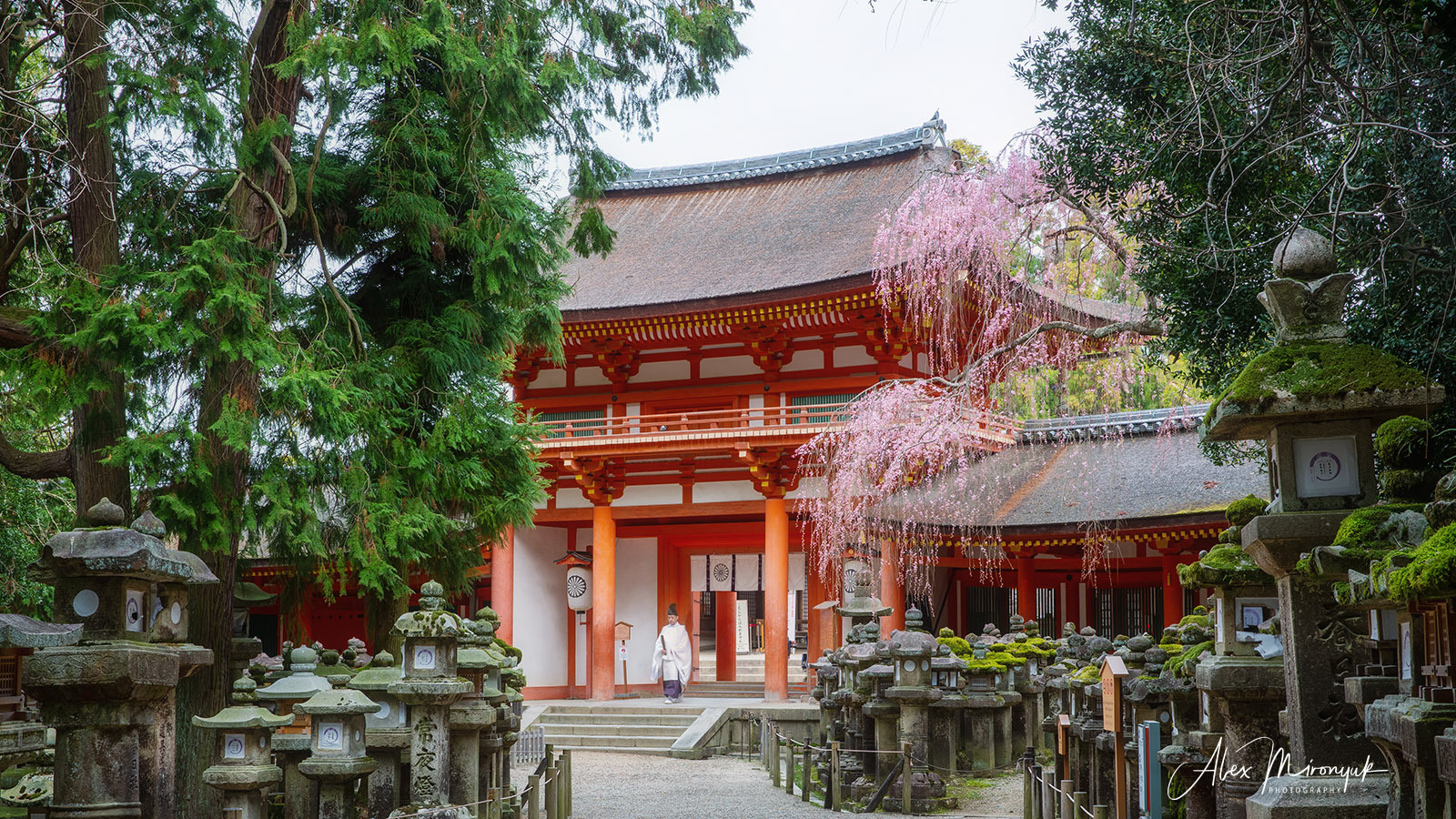

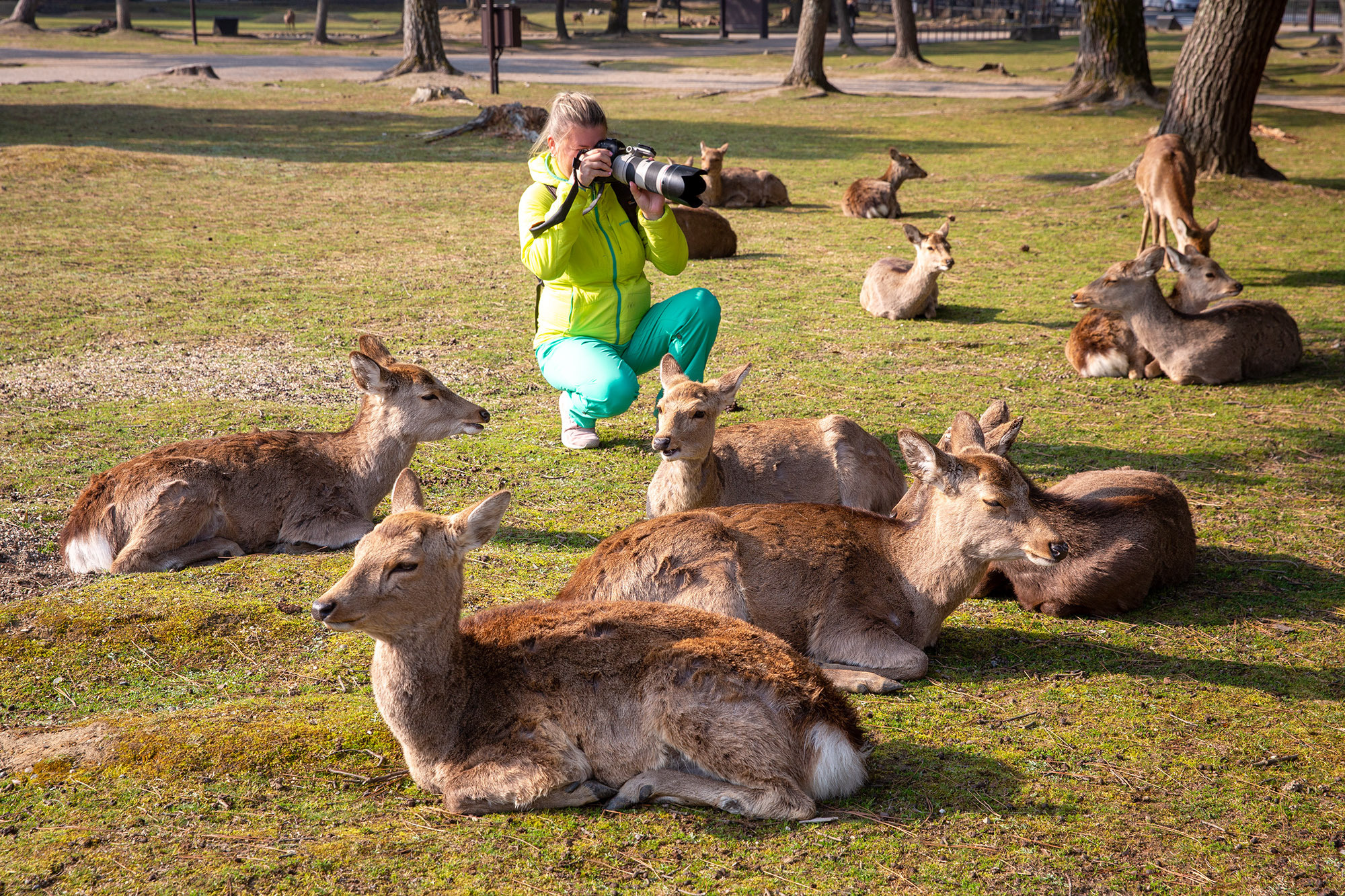
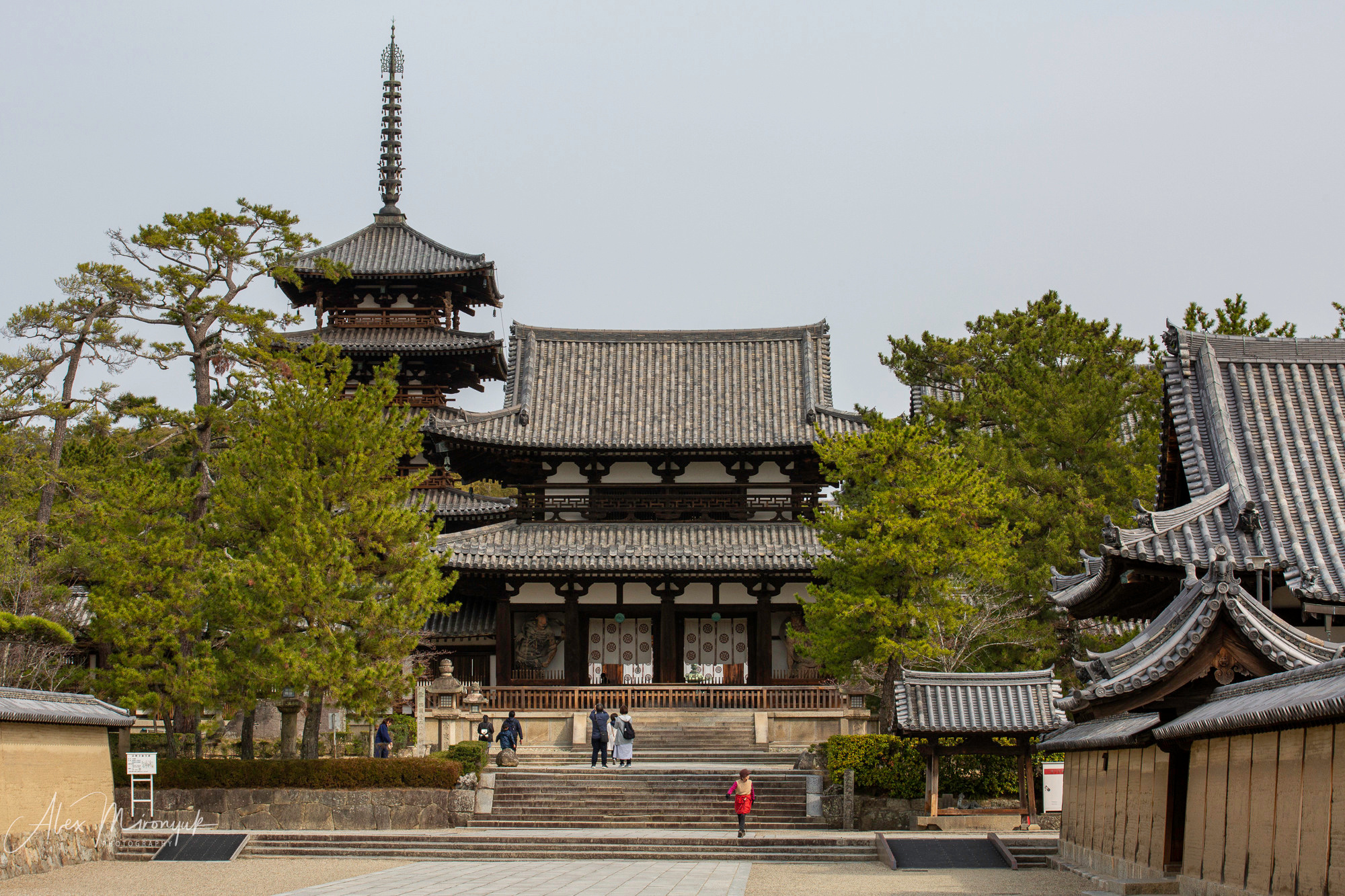
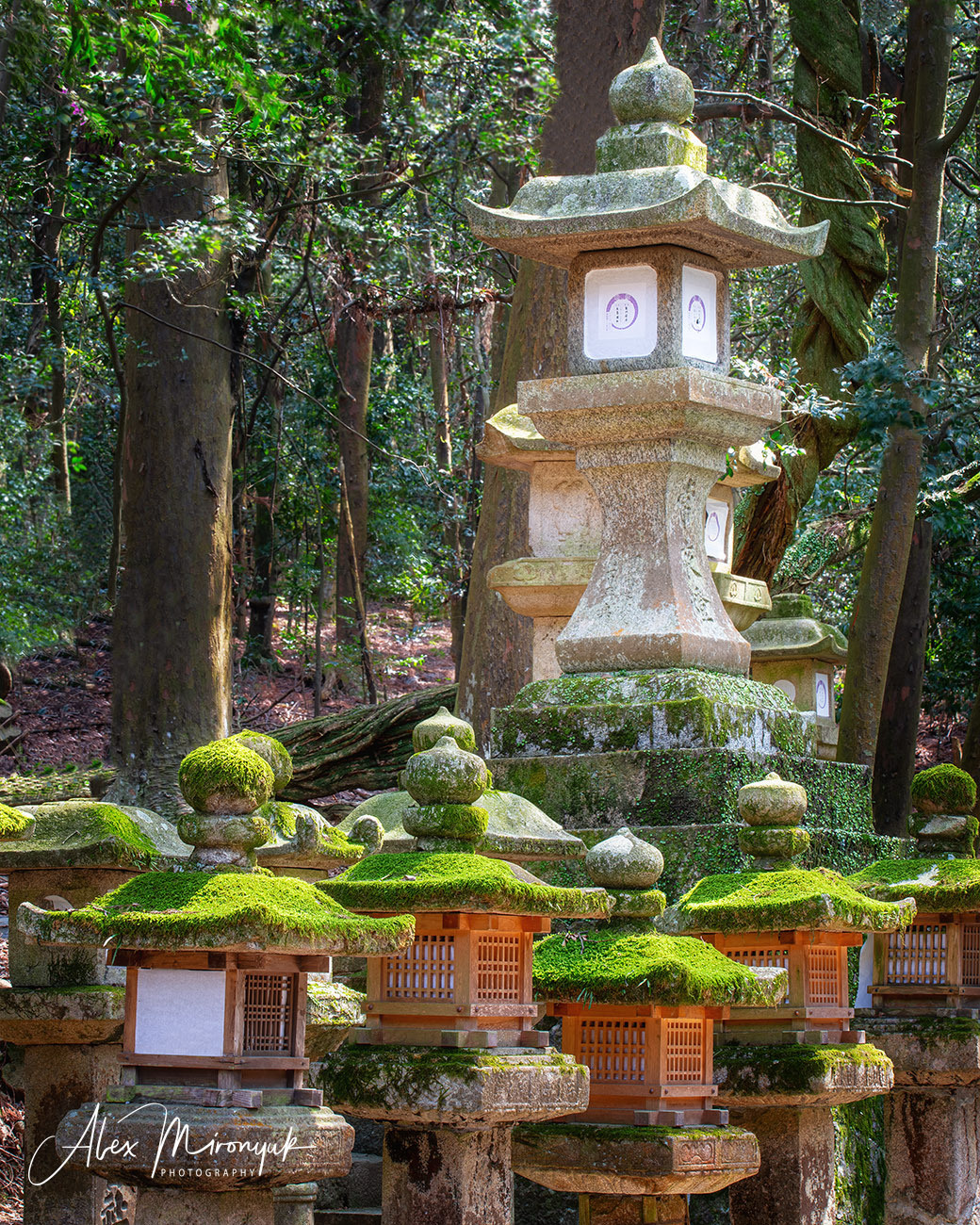


Day 10. December 1. Friday.
Participants check out from their rooms and go to the airport.
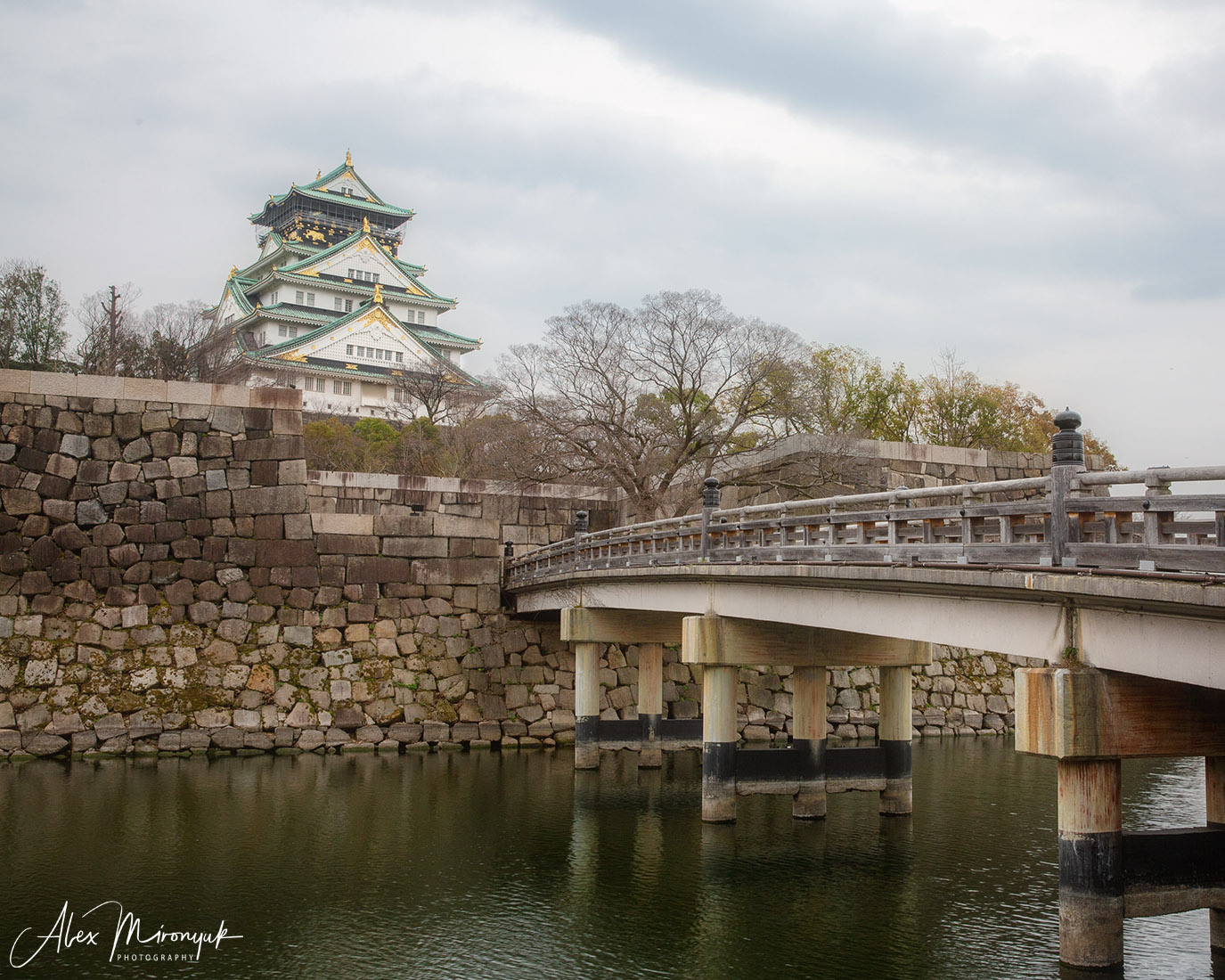
Payment schedule and cancellation policy:
The total price for the tour is $ 3350 per person
A deposit of $ 550 is required to reserve a space in this workshop.
Cancellation Policy — If you decide to cancel this trip before 08/22/2023, we will refund your deposit. If you cancel your trip after that date (08/22/2023), your deposit becomes non-refundable. So we suggest all participants buy separate travel insurance.
The final balance of $ 2800 is due by August 22, 2023, and there will be no refunds on the total amount owed if you cancel after the final payment. However, if we find another client to fill your space, you will receive a full refund minus your deposit.
If we cancel this tour — you will get a full refund.
What is included:
- The hotel lodging (double occupancy). If you want to upgrade your stay from double occupancy to single occupancy for an extra fee, let us know at least 90 days before the tour’s dates (subject to availability).
- Expert instructions and guidance to a beautiful variety of locations in Japan.
- Entrance tickets to all temples, gardens, and parks per the itinerary.
- An incredible, unforgettable experience, full of adventure with amazing people and loads of great photos!!
What is NOT included:
- Meals, snacks, and water. Breakfasts in hotels are not included but can be ordered separately.
- Alcohol.
- Transportation. We will use public trains and buses. All Participants must buy a metro card and train tickets before each ride.
- Internet and cell phone coverage. All participants must have a reliable data service to connect with their guides, especially when they might get lost.
- Medical Insurance & Incidental Costs.
Questions? Please contact me at (386) 627-1449 if you have any questions or message me.
A follow-up email will be sent to registered photographers with schedule details, recommended gear, and a liability release.
Send a request to participate in the “Momiji-gari Season In Japan” tour.
